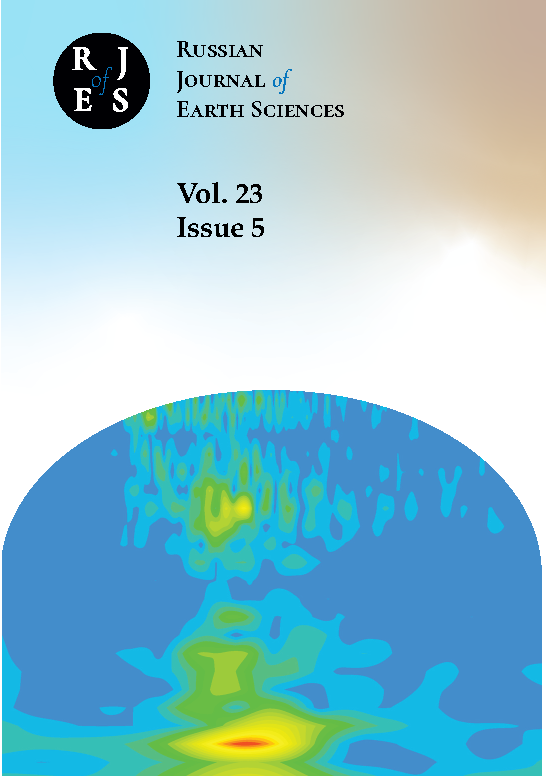Maikop State Technological University
National Research University of Electronic Technology
Shirshov Institute of Oceanology, Russian Academy of Sciences
Moscow, Russian Federation
Moscow Witte University
Tver Stare University
UDC 55
CSCSTI 37.00
CSCSTI 38.00
BISAC SCI SCIENCE
The article evaluates the change in the scale and direction of thermal pollution flows of the cooling lakes of the Kalinin NPP from 1985 to 2020 based on the use of Earth remote sensing data. A retrospective analysis was carried out using satellite images obtained by the sensors of the Landsat series satellites. An analysis of the distribution of surface water temperature over the water area of NPP cooling lakes has been carried out. The change in the structure of thermal pollution after the increase in the capacity of the Kalinin NPP is determined. The temperature of the cooling lakes of the Kalinin NPP was estimated relative to the background indicators in the lakes-analogues, which were used as nearby Lake Navolok and Lake Kezadra. The study identified five stages of transformation of the water mass circulation system in the cooling lakes of the Kalinin NPP.
remote sensing, water temperature, thermal pollution, Kalinin NPP, Landsat
1. Beznosov, V. N., and A. L. Suzdaleva (2001), Exotic species of the phytobenthos and the zoobenthos living into cooling ponds of NPS as a bioindicators of the thermal pollution, Moscow University Bulletin. Series 16 Biology, (3), 27-31 (in Russian).
2. Chander, G., and B. Markham (2003), Revised landsat-5 tm radiometric calibration procedures and postcalibration dynamic ranges, IEEE Transactions on Geoscience and Remote Sensing, 41(11), 2674-2677, https://doi.org/10.1109/tgrs.2003.818464.
3. Ilshinsky, A. Y. (Ed.) (2004), Big encyclopedic polytechnical dictionary, Multitrade (in Russian).
4. Institute FSUE NIAEP (2002), Environmental Impact Assessment (EIA). Part 3. The state of ecosystems and their elements. Kalinin NPP. Expansion up to 4000 MW (in Russian).
5. International Atomic Energy Agency (2021), Nuclear Technology Review 2021. Report by the Director General, Tech. rep., Vienna, Austria.
6. Mordukhai-Boltovskoy, F. D. (1975), Thermal power plants and life of reservoirs, Priroda, (1), 68-77 (in Russian).
7. Myasnikov, V., and B. Scriabin (1994), Kalinin NPP - 10 years, in Atomic Energy Bulletin, pp. 5-6, CNIIatominform, Moscow (in Russian).
8. Obyazov, V. A., A. Y. Vinogradov, and A. V. Kuchmin (2019), Assessment of the impact of the Kalinin NPP on the thermal regime of the cooling pond and the climate of coastal areas, Atomic Energy, 127(3), 158-163 (in Russian). EDN: https://elibrary.ru/XDMSGV
9. ROSATOM (2006), Water use at nuclear power plants. Classification of cooling water supply systems. STO 1.1.1.02.006.0689-2006.
10. Suzdaleva, A. L., and V. N. Beznosov (1999), Ecological Consequences of Changes in the Udomlya Lake Stratification Regime (Reservoir-Cooler of the Kalinin NPP), Problems of regional ecology, pp. 46-47 (in Russian).
11. United States Geological Survey (2023), Earth Explorer, https://earthexplorer.usgs.gov, (accessed 2023/05/13)

















